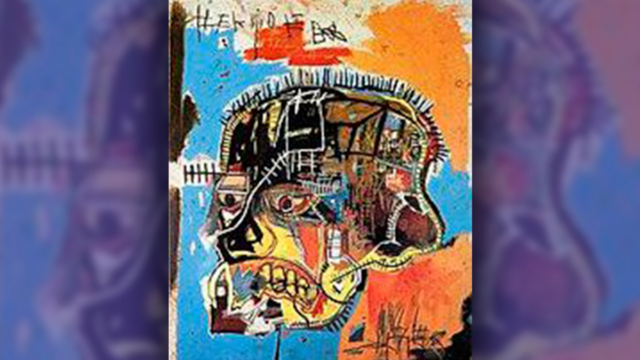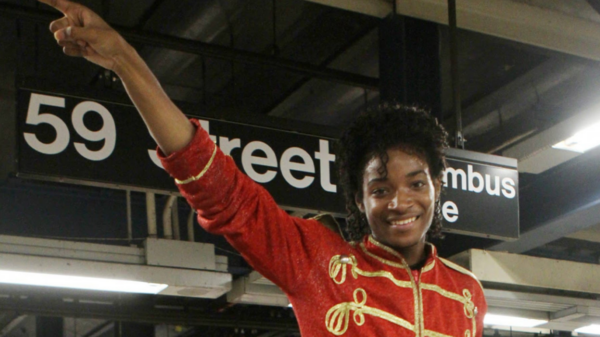
NNPA Newswire/BlackPressUSA
Oakland Post
By Tamara Shiloh
It was the early summer of 1980. More than 100 artists converged on an abandoned four-story building at Seventh Avenue and 41st Street in New York City that had once served as a massage parlor. Among those in the group was Jean-Michel Basquiat (1960–1988). His work on exhibit was believed to have been his first painting on canvas.
Although the exhibition, dubbed “The Times Square Show,” drew critical attention, it boosted 18-year-old Basquiat’s career as a painter. His contribution, a mural painted on a patch of wall, was described by Art in America as “a knockout combination of de Kooning and subway paint scribbles.”
The path to that shuttered massage parlor and his rise to success during the 1980s as part of the Neo-expressionism movement were not without difficulty.
Basquiat was born into a middle-class family in Brooklyn. His father, Gerard, a Haitian immigrant, was an accountant. His mother, Mathilde, was a homemaker. Despite her frequent hospital stays for depression, Mathilde spent countless hours in the Museum of Modern Art and the Brooklyn Museum with Jean-Michel, encouraging his interest in painting.
Gerard, physically abusive, wasn’t involved in his son’s career. Biographies and films have chronicled the strained relationship between the two, according to DNA Info.
Basquiat often said that he “felt friendless and misunderstood.” After his parents separated, Gerard moved with his children to Brooklyn’s Boerum Hill neighborhood. When he was 7, Basquiat’s mother was diagnosed as mentally ill and was eventually institutionalized. This part of his life troubled him greatly.
By age 17, Basquiat dropped out of high school. Gerard then threw him out of the house. He stayed with friends, slept in Washington Square Park, and lived-in run-down hotels.
It was then that he partnered with other graffiti artists and created the persona, SAMO, meaning “same old sh––.” For money, he panhandled and sold sweatshirts and postcards marked with his drawings. He got by on “cheap red wine and 15¢ bags of Cheetos.”
With no formal training, Basquiat created work that mixed graffiti and signs with the gestural and intuitive approach of Abstract Expressionist painting.
He expressed his personal angst in highly stylized self-portraits. In the early ’80s, race entered his work for the first time as a reflection of a “growing consciousness of his own position within the New York art world.”
His painting, “The Death of Michael Stewart” commemorates the killing of the young Black artist by New York City Transit Police. “Black people are never really portrayed realistically…. I mean, not even portrayed in modern art enough,” Basquiat had said.
Basquiat died of a drug overdose in 1988. Toward the end of his life, his works were selling around $25,000 to the Whitney Museum and the Museum of Modern Art.
Earlier though, both museums had rejected his work.
Be inspired by Basquiat’s paintings, read “Life Doesn’t Frighten Me” by Maya Angelou, Jean-Michel Basquiat and Sarah Jane Boyers.
The post Jean-Michel Basquiat, A Troubled Soul first appeared on Post News Group. This article originally appeared in Post News Group.









You must be logged in to post a comment Login